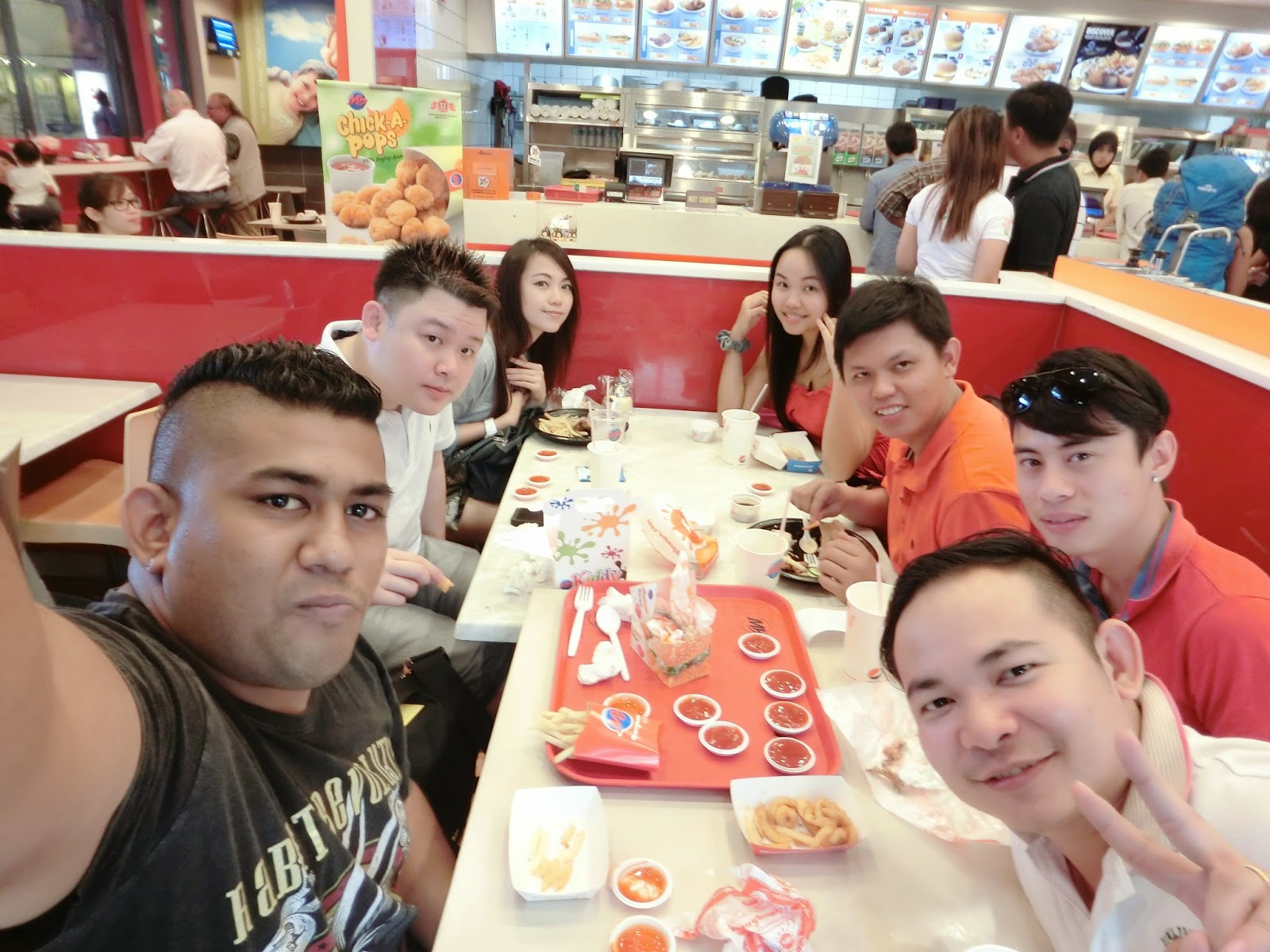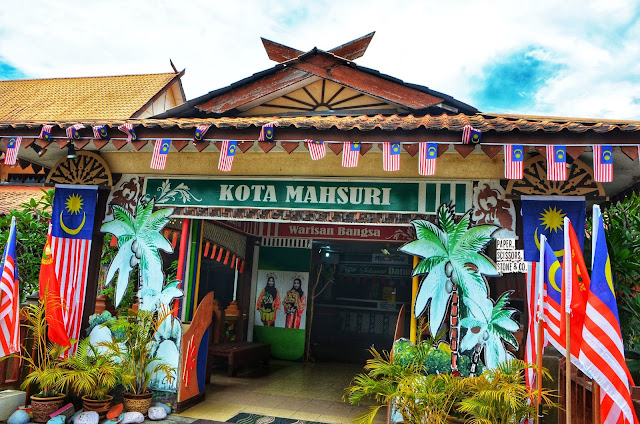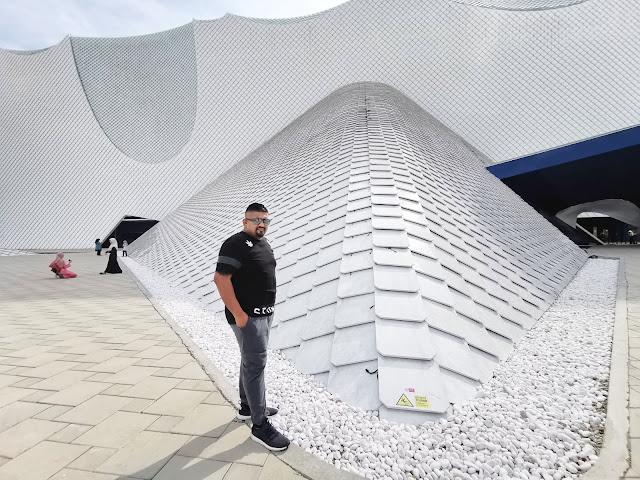Chew Jetty, George Town , Penang
Visiting With no limit and won't get bored , I been here for few times and there was always have something new will going on In chew Jetty . While enjoying the breeze and taking great photo at the same moment .
 |
| The Missing art , disappeared forever. |
The new infamous fruit punch vendor with the awesome decoration and the classic bike seat .
A Clan Jetty is actually a village built on stilts and these were built by some pioneer Chinese immigrants . Each jetty comprises of row houses on stilts joined by wooden walkways over the water . These ‘water villages’, set up more than a century ago , house the descendants from Fukien Province in China, who shared common historical, geographical and clan origins . Today, Penang in 21st century, we have the Clan Jetties in Weld Quay that have physically survived, however, their social-cultural mechanisms have long been reconstituted . only the Chew Jetty continues to have any clan-related activity
The once a year annual worship of its Temple Deity and "Tee Kong" (God of Heaven or Sky-God ) . The event take place on the 9th of Chinese New Year (Lunar Calendar) annually. This distinctive and grand event attracts throngs of people to Chew Jetty to enjoy lion dance and , dragon dances . On that day, resident place the worship food on the long altar table for praying.
Chew Jetty, an old Chinese waterfront settlement, is the largest and most lively jetty at the end of Gat Lebuh Armenian. The Chews originated from the south-eastern coast of China - from Tung Aun District, Xin Lin She Village, Quan Zhou Prefecture of Fujian Provice. They were maritime clan communities in China. Thus when they emigrated, they also built homes for themselves at the waterfront. The Chew Jetty settlement is the biggest of the lot, having grown from about 10 families back in the 20s to over 1,500 residents today .
the 19th and early 20th century, the upsurge in trade with Asian countries increased the demand for port labourers. This, attracted many Chinese immigrant, who initially worked as coolies, but as time went by many became self-employed as ferry operators , transporting people and goods between anchored ships and the harbour. The hard work , thrift and perseverance of these migrant workers eventually paid off when they able to bring their families over from China and settled .








.JPG)



Comments
Post a Comment